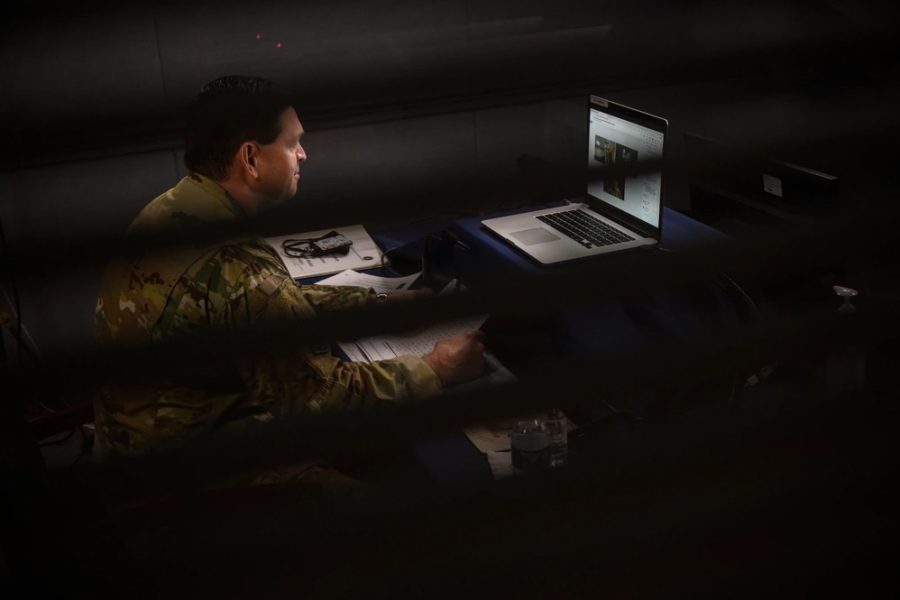An ongoing push to lower the classification levels of military space programs is “easier said than done,” due to a tangle of overlapping policies and laws, Chief of Space Operations Gen. B. Chance Saltzman said at an Oct. 18 virtual fireside chat with the Center for a New American Security.
“What everybody should recognize that is trying to think about this problem is how complex the fabric of security is,” he said. “It is a layering and layering of security rules, guidelines, policies, laws, that make it really hard to say ‘just change the classification of that.’”
For several years, lawmakers and top military leadership have said that overclassification makes it more difficult for the public to understand what the Space Force does, for Guardians to work with other services and partner militaries, and for the U.S. military overall to deter adversaries in space.
“If we’re going to be a force that is taken seriously and deters our adversaries, we need to start showing them things to deter them,” then-Space Force director of staff Lt. Gen. Nina M. Armagno said in 2021. “We need to show them what we have.”
But even the most powerful military officials say it is difficult to actually deliver on those calls to action.
“I am the original classification authority for some things and I go ‘I want that classification changed,’” Saltzman said Oct. 18. “They go ‘well actually, no you can’t because it’s connected to this system and it could reveal this.’ It’s like ‘well I thought I was–’ Well yeah, but it comes with parameters and guidelines and ‘yeah, but.’”
Some of those rules are straightforward, like certain facts or systems that can be accessed only by people with top secret clearance and a need to know, Saltzman said. However, others are more convoluted, like certain kinds of top secret information that can be released to a foreign national with top secret clearance only when certain conditions are met. Other rules allow some industry partners to be briefed at high classification levels but not others. Air Force Secretary Frank Kendall expressed similar concerns before House lawmakers in April.
“The major effort that we’ve done recently on that is called Special Access Programs, where the Air Force, in particular, has a great many compartments and it’s hard to move across them,” he said. “The work we were doing on the Operational Imperatives, we had to go do an extensive amount of bureaucratic work to allow people just to talk to each other so they could share information.”
Still, there has been some progress. Saltzman said he would have been fired seven years ago had he discussed Chinese counterspace capabilities, such as jammers, directed energy weapons, and on-orbit grappling arms, as openly as he did during the Oct. 18 chat.
“That probably wouldn’t have been able to be discussed outside of the kind of rooms that don’t have windows ,” he said. “So I see progress. Unfortunately it’s not as fast as any of us operators really want.”
The CSO said there is “a substantial effort inside the Department of Defense to untangle this, to start to pull things apart,” but the wins may be small at first.
“We’re really looking for low-hanging fruit, quite frankly,” he said. “And any time we can drop something from special access to top-secret, we’re taking advantage of that. Any time we can drop something from top secret to secret, we’re taking advantage of that, because it opens up opportunities.”
Still, don’t expect to see many classified programs become unclassified in the near future.
“Not everything is going to go instantly unclassified because that puts things at risk that we can’t afford to have at risk,” Saltzman said. “It’s an ongoing effort … it’s far easier to brief than it is to actually pull apart and get all the regulations right.”
